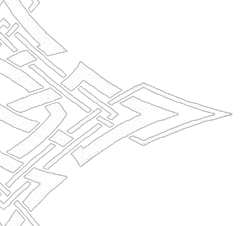Diamond Jack DVD Review
From the December 2015 issue of LINKING RING.
DIAMOND JACK
While Bill Malone’s “Sam the Bellhop” is arguably the gold standard of full deck story-telling, the story of Diamond Jack had me snorting with laughter. The method that Tyler uses and teaches may help a lot of magicians give full deck storytelling a try.
Malone’s effect is done with the story being told as the cards are thrown from a face-down deck of cards and has a lot of false shuffles and cuts. Diamond Jim’s method is designed as more of a riff where the magician seems to be making up the story as he goes along, seemingly picking cards at random as he glimpses at the face-up card in his hand. This allows the magician to actually look for and place the cards on the table as well as deliver the comedic lines with better timing. The cards are stacked so the story is easier to tell.
Another key difference is that Diamond Jim’s method allows the spectator to riffle shuffle the deck. In Chile, we tend to overhand shuffle, which would be a problem. Diamond Jim says he gets around that by riffle shuffling himself and having the spectator push the cards together.
There is really nothing from a handling and mechanics perspective that most magicians with basic knowledge of sleights can’t handle. That said, getting the sequence of moves and the storyline down so that they are second nature will take some time. The effect comes with two nice thick cards, one with the patter and the other with the stack, so you don’t have to write it all down to learn it.
By the way, Diamond Jack ends up being a love story, with the audience saying, “Awww,” at the end. It may seem intimidating at first, but stick with it. Look at it this way: Diamonds aren’t made overnight.
Recommended.

